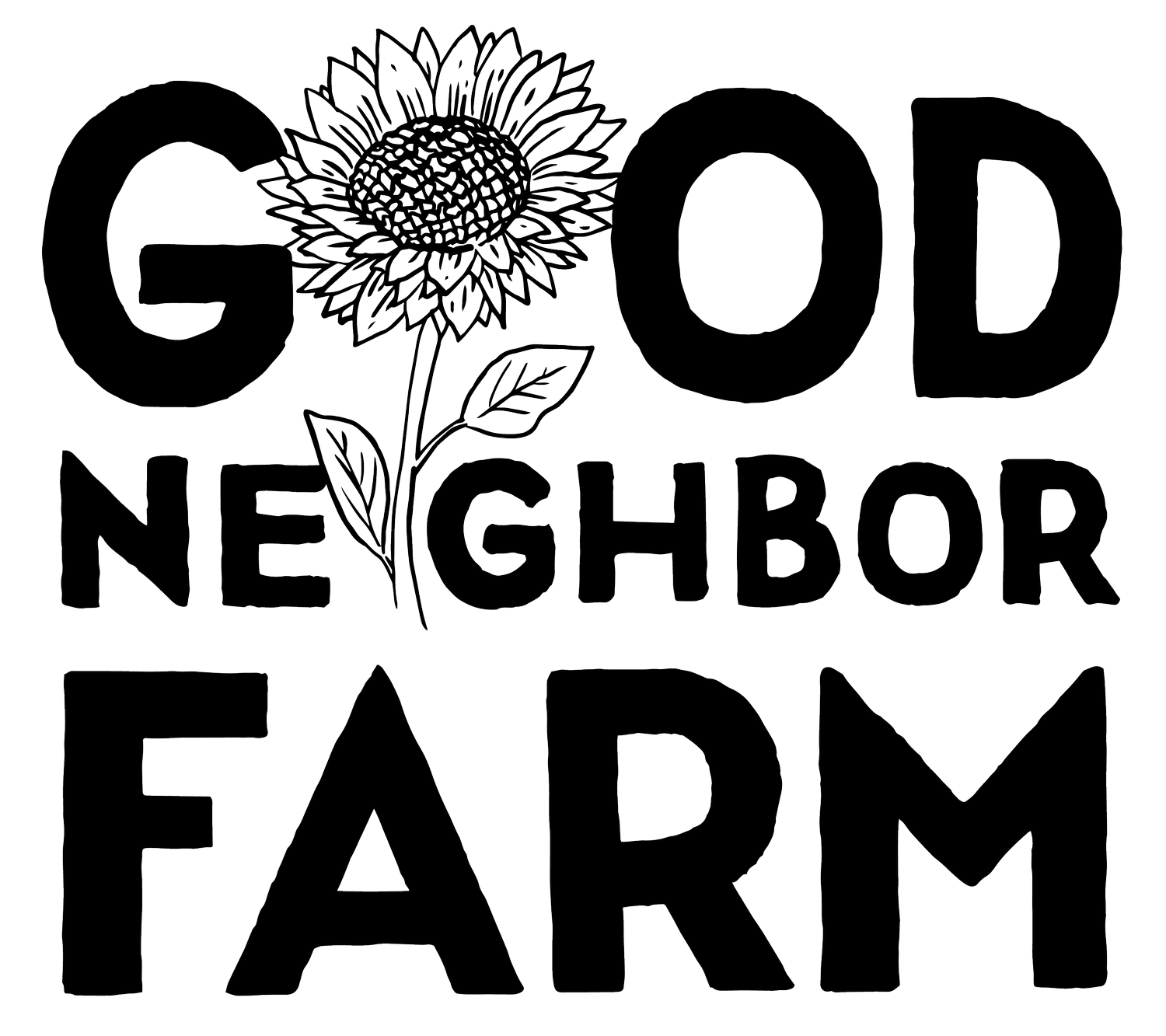Tillage
Ask today’s farmer their opinion on tillage and you will get any number of responses. The general consensus amongst farmers and soil scientists is that the flipping of soil in the tillage process is harmful to the biology of the soil. It destroys the underground ecosystem created through the burrowing and digesting of the microbiology in the soil. The late Don Tyler, a well respected conservationist for the USDA put it this way:
“Tilling the Soil is the equivalent of an earthquake, hurricane, tornado, and forest fire occurring simultaneously to the world of soil organisms.”
Essentially, each deep tillage event is a major setback to the soil building process occurring underground. So why would farmers till the soil? Well, it's convenient! A tilled field is a clean blank slate for the growing process. It kills weeds, minimizing competition with the young crop, and it can incorporate fertilizer deep into the soil. Also it's…..just what farmers have always done.
At the other end of the spectrum is the No-Till movement. Some of these growers, as the name implies, do not disturb their soil at all, usually applying mulch on the soil to limit weed pressure and when the crop is harvested, they simply plant the next crop, adding mulch if needed. This is very ecologically friendly to soil, but requires an immense amount of work. In fact one of the first farm tasks Caroline and I ever did together on the farm that we met was spreading 300 round hay bales over a 2 acre field-and we can attest that mulching at a large scale is a ton of work! While there are machines that make spreading mulch much less labor intensive, at this point for us, we don’t believe it worth the cost in fuel and time to move mulching material to and around the farm, let alone the annual cost of the mulching compost material itself which can be quite expensive and needs to be applied continually.
We have decided on our farm to follow what we call Minimal-Tillage, although some farmers who use this same system would consider it No-Till. With this system, we have permanent 36’’ raised beds with 12’’ walkways spaced the same width as our tractor’s tire tread. When it's time to plant a bed, we add compost and our organic fertilizer, power harrow to a depth of 2’’, and transplant into the prepared bed. By utilizing a power harrow which stirs the soil on a vertical axis (think an eggbeater) and has an effective depth-control roller to limit any soil disturbance to 2”, we avoid the soil-damaging effects of a rototiller. This system creates a surface free of weeds, and clean enough to transplant or direct seed. Fertilizer naturally works its way into the soil through rain and the work of plant roots.
Another important aspect of our Minimal-Tillage system is the use of silage tarps. After a bed is harvested, we cover it with a 6 mil opaque silage tarp. The dark and warm conditions of the tarp speeds up the decomposition process of the crop residue that was not removed at harvest, bringing earthworms and other soil critters to the top surface of the soil to digest the residue. Another function of the tarp is to create what is called a stale-seedbed. Weed seeds will germinate in the warm dark conditions found under the tarp, but will then die due to the lack of sunlight. After two weeks we remove the tarp and plant a new crop in the bed. Often, when we remove the tarp, there is no need to power harrow the top 2’’ as the tarp has done such a great job of decomposing the crop residue from the previous crop.
Of course, we want to limit as much plastic use as we can and are aware that these tarps won’t last forever. They will need to be disposed of eventually. For the 2022 season we will experiment with using the tarps only for our direct seeded crops that really need a stale-seed bed before planting, and eliminate their use for transplanted crops. An added benefit, if these experiments are successful, is limiting the amount of time spent dragging around large silage tarps to where they are needed!

